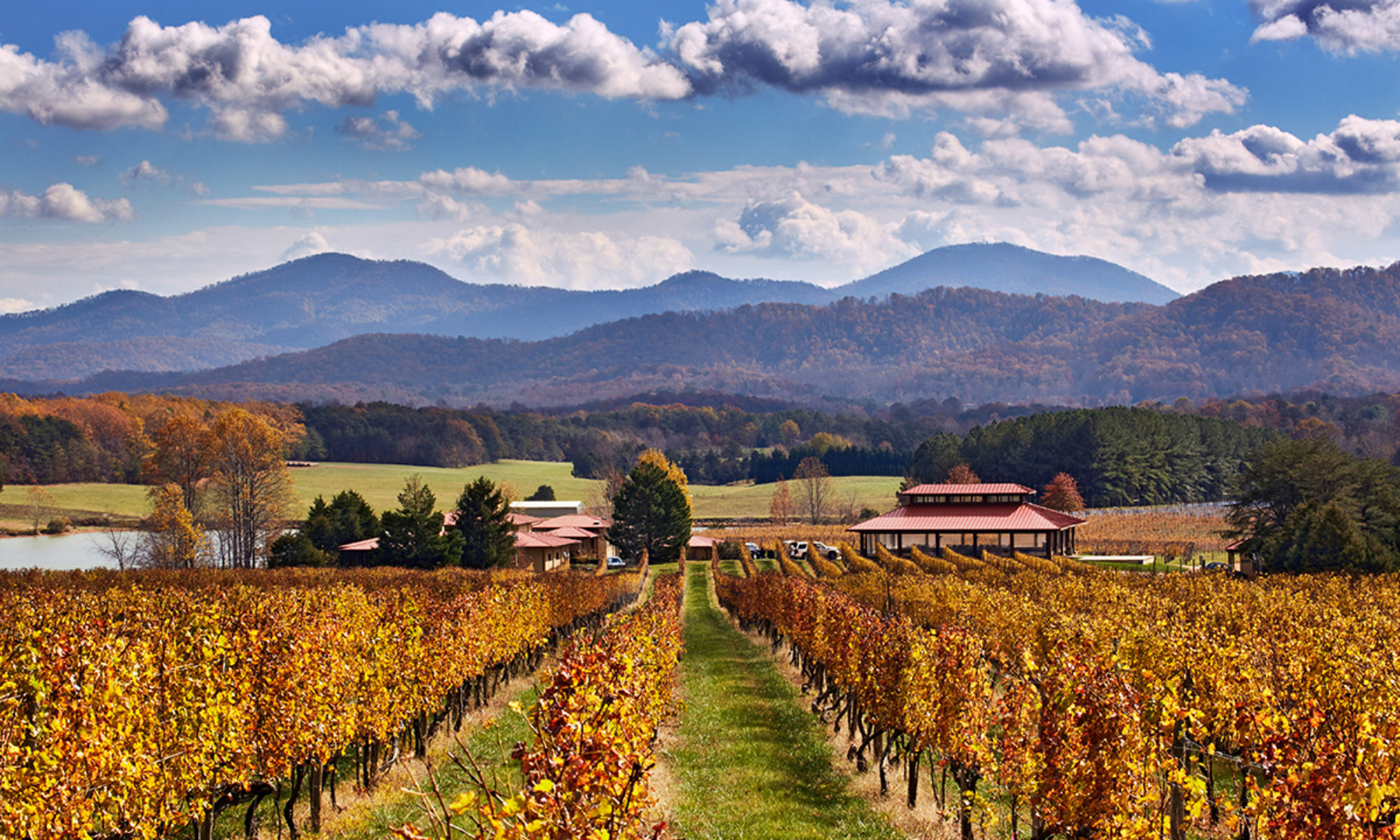Rating the wineries: A Guide to the Guide (2023 Update)
Opinions on wine quality … well, they vary. Part of the fun of tasting wines is discovering what you, as opposed to other people, like. With close to 2000 different wines being produced every year in the state, that leaves room for a lot of opinions. At the same time, having a sense of what other people like can help decide on a destination. The BS Guide gives you what isn’t available elsewhere – a comprehensive rating of Virginia’s wineries. Beginning with our 2023 edition of the guide, we have ranked the Top 100 Wineries of Virginia.
For each winery, you will an indication whether the winery’s wine quality ranks among the Top 10, Top 20, Top 30, Top 50, or Top 100 wineries in the state. Wineries outside the Top 100 are indicated as either Tier II or Tier III. For wineries in Northern Virginia, we indicate if the winery is in the Top 10, 20 or 50 wineries in Northern Virginia.
The BS Guide relies primarily on results from large wine tasting competitions. Wine tasting competitions are never perfect, but at least they pull together the judgments of large numbers of people who have tasted a lot of wine. Our main inputs:
- The San Francisco Chronicle Awards (2018- 2023). This is the largest wine competition in North America, with close to 7,000 entrants annually, so it provides one of the broadest gauges of quality assessed against other US wines. Some 25-30 Virginia usually wineries compete.
- The San Francisco International Wine Competition (2020-2022) rivals the Chronicle event, with some 5,000-plus entrants from across the world. It again provides a good look at how Virginia wines compare against wines from many states and countries. Some two dozen Virginia wineries compete.
- The Finger Lakes Wine Competition (2018-2022). This is probably the best-known East Coast US wine competition, with just under 3,000 entrants from the US, Canada, Australia and Eastern Europe. Some 25-30 Virginia wineries compete annually.
- The Virginia Governor’s Cup (2016-2023). The BS Guide puts a lot of stock in the annual Virginia Governor’s Cup competition. Organized by the Virginia Wineries Association, this competition has been around for over a decade, and now brings together over 500 entrants with a panel of experienced judges. Only wines made from 100% Virginia fruit (estate-grown or sourced from elsewhere in Virginia) can enter. This is the single biggest comparison among Virginia wines. Making the Governor’s Case, the top 12 wines in the judges’ opinion, in principle means a wine is among the top 1% in the State. Earning a Gold Medal is an excellent sign; with 100 gold medals awarded in the 2018 competition, that puts a wine in the top 25% of the contest, and probably in the top 5-10% of wines in the state. Earn one of the 100 Silver medals, and that means a wine is among the top half of what the judges tasted, and maybe in the top quarter of wines in the state. Bronze medals mean a wine was in the bottom half of the judging panel’s opinions. Note that in 2017 and prior years, there were only about 25 gold medals awarded annually, so prior to the inflation in gold medal numbers of 2018, the various medals probably meant a bit more than they did in 2018.
- The Loudoun County Wine Awards and the Monticello Wine Cup are the only other systematic and large-scale competition in the state today. Monticello AVA continues to be the best known and generally highest quality wine district in the state, though less than half of the area’s wineries present at the Monticello Cup. The Best of Loudoun Awards launched in 2015 and are now in their eighth year. Some 30-40 wineries enter. Given the importance of the Washington DC area population for Virginia wine consumption, Loudoun’s proximity to Washington gives it disproportionate importance.•
- Personal preference: we’ve currently tasted over 200 Virginia wines, out of several thousand wines over the years.
A word on medals:
Don’t get excited about bronze, or too excited about silver. The opinions of experienced wine-tasters, which come out in the results of the wine competitions we’ve reviewed, are great for getting a sense of what many people think. But don’t confuse the message of wine competition medals with that of athletic medals. When you see someone has an Olympic Gold Medal, that means they were the best in their sport, out of thousands or millions of people involved in the same sport; an Olympic Bronze Medal means they were the third best out of millions. Wine tasting medals are different. Let’s take the Virginia Governor’s Cup: in 2019, some 500 bottles were entered, 68 won Gold Medals. A gold medal is impressive, but what it tells you is a bottle was among the top 15% of entrants. 326 bottles were awarded silver medals. That means that, if a bottle was awarded a bronze medal, it was actually in the bottom 25% of those tasted. Bronze medals, therefore, are not great news – they’re more bad news, in fact. Sure, you want to give credit to wineries that felt good enough about their wine to enter the bottles, and almost 2/3 of Virginia wineries don’t compete in the Governor’s Cup, so you could think of a bronze medalist as still maybe in the top third of bottles produced in the state – assuming those that don’t compete aren’t as good as those who do. Maybe. Bottom line: gold is always good. Bronze is nothing to write home about.
